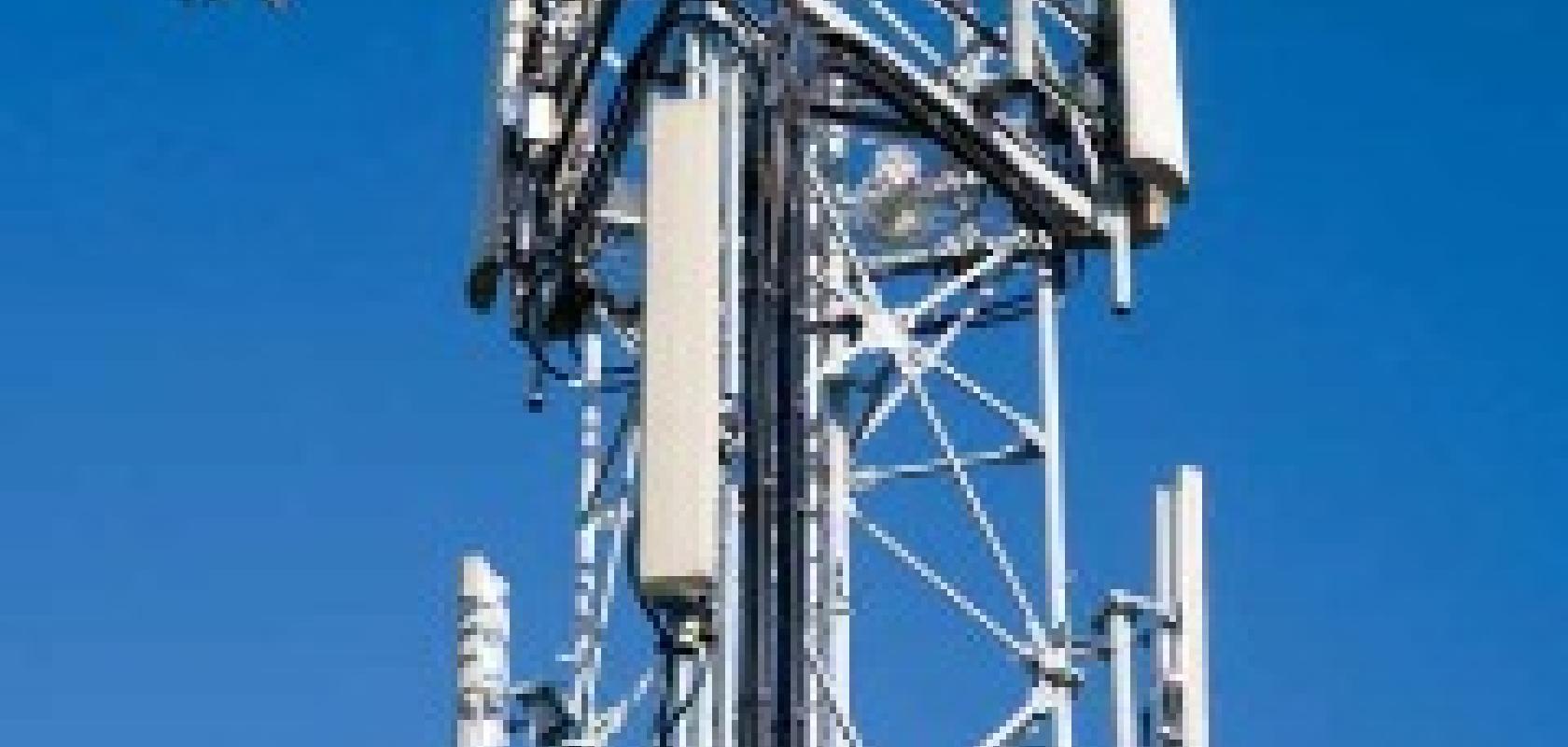As mobile carriers upgrade their networks to Long Term Evolution (LTE) 4G, they will have to embrace a new concept known as fronthaul. This will create a market opportunity for optical transceiver vendors that could be worth nearly a billion dollars over the next five years, according to research from analyst firm LightCounting.
‘Our research shows that fronthaul networks will consume more than 14 million optical transceivers in 2014, with a market value of $530 million [€375 million], roughly on par with the FTTx application segment. Unlike the FTTx segment, however, we believe annual sales of fronthaul transceivers will grow to more than $900 million over the next five years’, said John Lively, principal analyst at LightCounting, who carried out the study.
But what is mobile fronthaul anyway? Simply put, a mobile base station consists of a baseband unit (BBU), which processes user and control data, and a radio unit (RU), which generates the radio signal that is transmitted by the antenna. About a decade ago mobile operators realised that if they could separate these functions, they could move the radio unit onto the tower to save space and power in the hut below. The radio unit then becomes a remote radio head (RRH) and the equipment a distributed base station. The resulting link between the two units is called fronthaul.
Recently, mobile operators have latched onto the idea of a centralised or cloud-based radio access network or C-RAN. Now they can pick up the BBU and move it a couple of kilometres away to a secure and central location, allowing them to share data processing resources across multiple cell sites. ‘This architecture has gone from an idea to a real business in the last two to three years,’ said Lively. I think it’s safe to say that anyone who is doing LTE is using fronthaul in some shape or form because that’s the way it’s been designed.’
Explaining why fibre is the best choice in this application, Lively said: ‘It’s partly capacity, partly the physical part of running up the tower, and partly because it offers longer reach – and I think this is why the optical market has taken off in the last few years. If you’re doing more than [running cable] down the tower you have to go for something other than copper. But even going just down the tower, optics has considerable advantages in terms of weight, ice loading, wind resistance and things like that. So it has a very clear place in modern mobile networks.’
As part of the development of distributed base station equipment, the mobile vendors established the Common Public Radio Interface (CPRI) standard in 2003. This protocol, which is used to communicate between BBU and RRH, requires significantly higher data transmission rates than the payload that it is carrying.
Lively explained: ‘Connecting between the baseband unit and the remote radio head is very different to backhaul in terms of the traffic. The data coming out of the baseband unit and towards the backhaul side is digitally processed. The fronthaul carries uncompressed digital data.’ The analogue radio signal has been digitally sampled and has error correction and encapsulation on top.
In the case of a cell with LTE carrier spectrum of 5MHz and 2x2 MIMO antenna configuration, the maximum data throughput is only 37.5Mb/s. So, theoretically, a backhaul network with 37.5 Mb/s should be able to handle the traffic. However, a CPRI link requires a bandwidth as high as 614 Mb/s. This is Option 1 in the CPRI standard and everything scales as a multiple of that. With LTE carrier bandwidth of 20MHz and an 8x8 MIMO antenna, it now needs 9.8Gb/s on the CPRI link.
While the requirements are fairly complex, the optical transceivers required to implement them are not. ‘There’s not a lot there as far as whizz bang technology is concerned,’ said Lively. ‘The optics are pretty standard.’
He continued: ‘When vendors got together to define the CPRI standard, the basic requirement was that it should support a 10km link, that it would use SFP, SFP+ form factors and use QAM [quadrature amplitude modulation] for data processing. They then went on to say that these requirements could be met by a variety of existing products and list Fibre Channel, InfiniBand and Ethernet transceivers. They deliberately did not define the need for new devices.’
Of course, that means it is not possible to tell which end application the transceiver is intended for from a basic product description. However, vendors give LightCounting quite a bit of detail on their shipment data, and they can usually tell how the transceiver will be deployed by who placed the order, the analyst firm says.
LightCounting’s research reveals that today the majority of the fronthaul market is made up of simple point-to-point fibre links using so-called ‘grey optics’ at either 850 or 1310nm wavelength. Speeds range from 1 Gb/s to 10 Gb/s, with 3, 6, and 10 Gb/s being the most common today, but the product mix is already shifting towards the higher end of the range, said Lively.
There is also limited demand for 12.5Gb/s but nothing beyond that, and 12.5Gb/s demand is unlikely to grow quickly, he adds. That is because the individual RRHs are not increasing in capacity. Instead, mobile operators add capacity by adding more antenna, each of which requires its own RRH and fronthaul connection. Bandwidth demand is satisfied mainly by the proliferation of links rather than by increasing the speed of the individual links, Lively said.
‘One of the interesting aspects is that if you look at how it might evolve, the initial deployments were mostly point-to-point links using grey optics, but there have been a few instances of operators using WDM optics,’ he noted. The South Korean operator SK Telecom used WDM fronthaul when it built out its LTE network, and now has tens of thousands of small cells connected this way.
WDM has an obvious benefit in situations where optical fibre has to be leased on the mast, or cables aren’t available in sufficient numbers. In the case where you lease the fibre and pay by the strand it becomes very important. Coarse WDM would provide up to 16 channels, but DWDM would provide many more.
‘We have up to 15 remote radio heads on a single site but we don’t have 15 fibres up the pole so we need some kind of multiplexing,’ noted Anna Pizzinat, senior research engineer at Orange Labs R&D. The French operator isn’t yet deploying this technology, she adds; it is waiting for a low-cost DWDM technology to be developed.
Another scenario where operators might choose WDM is to provide a demarcation point in the network. ‘When operators purchase services from a third party it’s very useful to have a demarcation point. WDM systems by their design happen to have this convenient point,’ said Lively. The grey optics from the RRU can plug into the add-drop, which may be at the bottom of the tower, to form the connection into WDM once plugged into the line side.
Converging the network
The growth in mobile data will not just push the data rates skywards, but may change the way that access networks are built as operators need to connect up many more antenna than before.
‘Five years from now we’re going to be looking at early stage deployment of 5G, whatever that is, and going to be looking at next-generation optical access,’ said Lively. ‘Lots of people are talking about getting greater efficiency by carrying multiple services on the same network. This is being talked about quite a bit in conferences. If you have an access network that can do gigabit then it’s quite conceivable that it could do fronthaul.’
The upcoming version of passive optical networks (PON), NGPON2, will be able to support fronthaul speeds and distances easily. However, fronthaul links need to meet strict latency and jitter requirements in order to synchronize the transmissions across the mobile network. The approach that has been chosen for NGPON2, which is based on both time- and wavelength-division multiplexed passive optical networking (TWDM-PON – see article, page 26), may face some challenges in this regard.
As a result, the Full Service Access Network (FSAN) forum has set up a Mobile Fronthaul Study Group, with Orange taking the lead. The Study Group will collect mobile fronthaul requirements from operators and evaluate the technical challenges before presenting its recommendations on how best to implement the technology.
One potential method would be to assign one of the available wavelengths defined for NGPON2 to the cell site, rather than sharing that wavelength with other services. The CPRI protocol has been defined with six speeds, including one that closely matches the 10Gb/s data rate of NGPON2 optics.
Lively believes there’s a second option: ‘The optional support for point-to-point wavelengths in NG-PON2, through the 48-channel WDM-PON overlay, provides an alternative means for small cell transport. The support for large numbers of dedicated 1G/10G wavelengths in WDM-PON makes it a much better solution for fronthaul compared to TWDM,’ he claimed.
Whichever approach is taken, Lively believes that fixed and mobile access networks will eventually merge. ‘In a 5-10 year time frame I can see a situation where optical fronthaul as a standalone application goes away. I’m not predicting that’s going to happen but things are going that way.’
Intense competition
Another point on which to speculate is which optical transceiver vendors will benefit from the fronthaul opportunity. Vendors who have already established themselves in this new market include (in alphabetical order): Accelink Technologies, Avago, Eoptolink, Finisar, HiSense Broadband, HG Genuine Optics (HGG), InnoLight, OE Solutions and Source Photonics, according to LightCounting’s analysis.
The Chinese vendors are ones to watch, according to Daryl Inniss, practice leader for components at market research firm Ovum. He highlights the massive fibre to the home build-out in China, which has delivered ‘a robust ecosystem developed to support the deployment of tens of millions of singlemode transceivers annually’ while also generating double-digit annual price reductions on singlemode transceivers.
Inniss explained: ‘China’s huge passive optical network build-out peaked in 2012. There are no other economies as large as China to support the volumes experienced during the build-out, so vendors that supplied deployments in China are seeking new opportunities’.
Competition will be fierce, as always. With a market based on commodity parts, transceiver vendors are also at risk of falling into a price war like the one that has sucked the profit out of the FTTx market, Lively warned.
Transceiver suppliers will also need to be nimble to capitalize on this constantly evolving market, he stated. Over the next five years the share of fronthaul networks using WDM will grow, and accordingly mobile operators will purchase more coloured optics. At the same time, the product mix will gradually shift to higher speeds, some exceeding 10 Gb/s as operators continue to add capacity.
Looking further ahead, new types of outdoor-hardened, colourless transceivers are being investigated for fronthaul applications in converged access networks. A number of options are on the table, including tunable lasers and remote pumping with a broad-wavelength light source, but the jury is still out on the best approach and there’s plenty of development work to be done. The good news is that this could provide the much-needed opportunity for transceiver vendors to differentiate their products in the marketplace.



